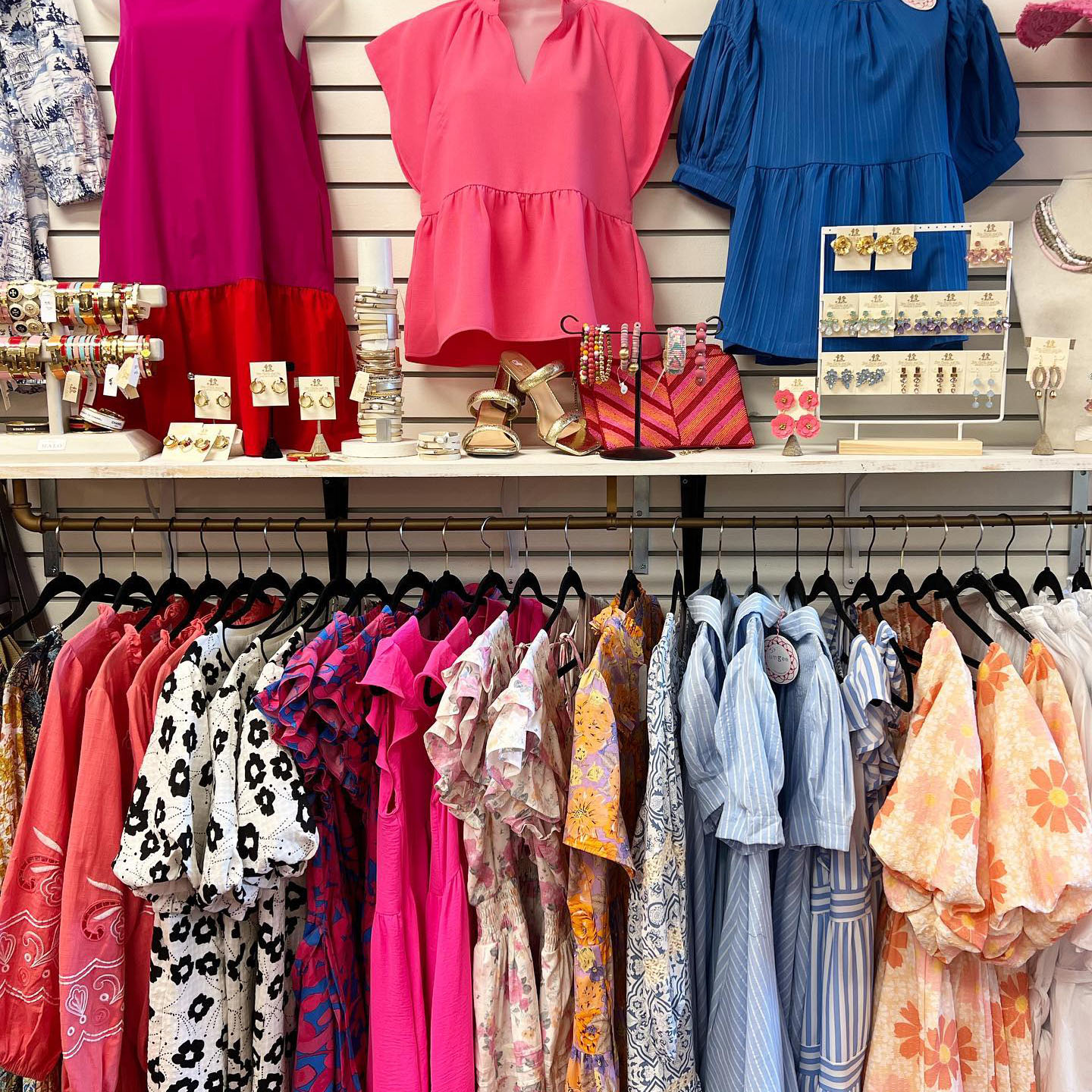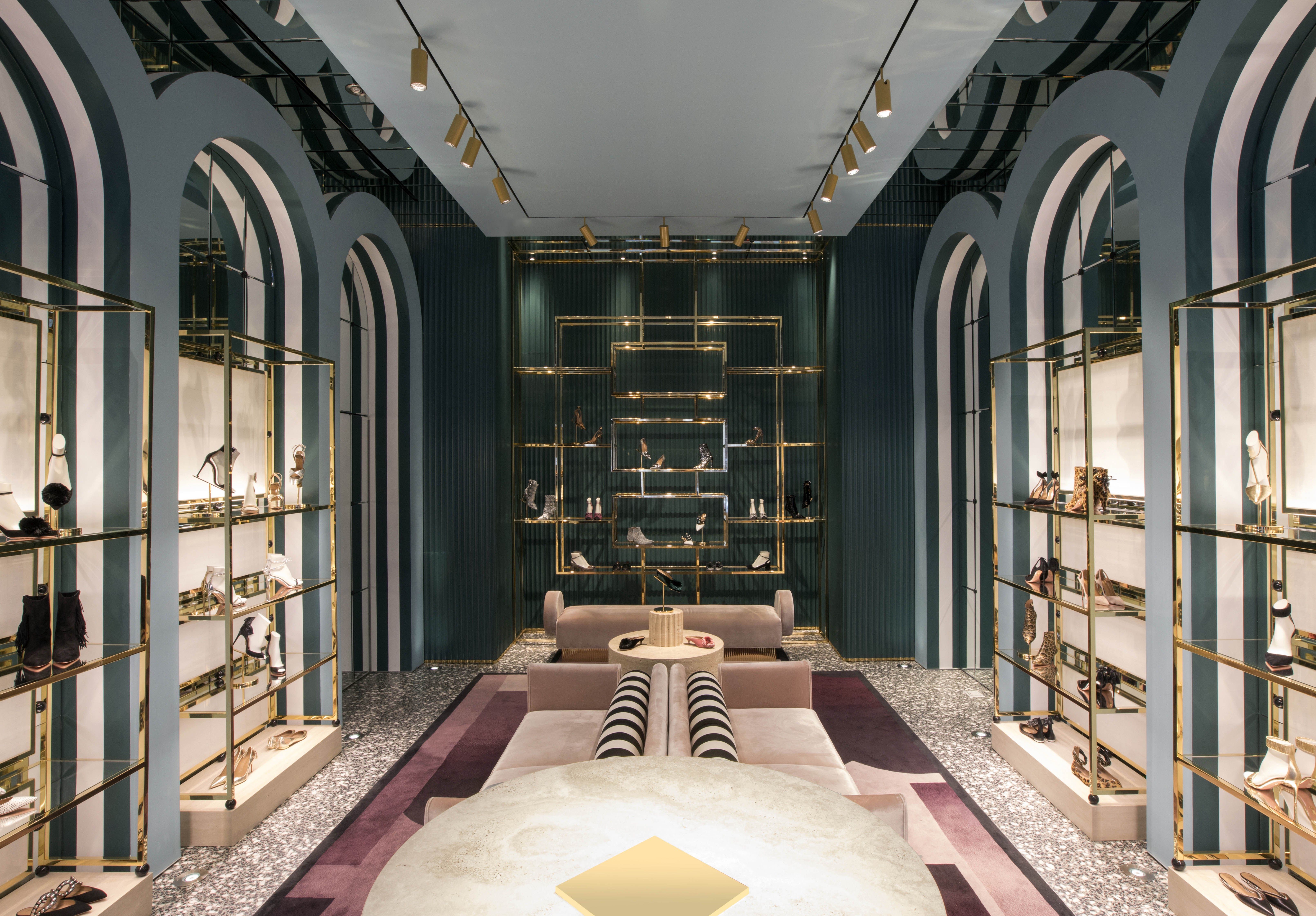How to Style Your Outfits with Boutique Fashion Finds
How to Style Your Outfits with Boutique Fashion Finds
Blog Article
Checking Out the Advancement and Impact of Clothes on Modern Style Trends
The evolution of clothes has actually dramatically influenced modern fashion patterns, combining historic precedents with advanced advancements. Legendary numbers like Coco Chanel and Yves Saint Laurent transformed the apparel industry by presenting concepts that prioritize comfort and ease of access, which remain to reverberate today. Technological strides in areas such as 3D printing and smart textiles are redefining design possibilities and consumer experiences (boutique fashion). Additionally, the growing emphasis on inclusivity and sustainability is reshaping industry standards. As we think about these diverse impacts, one need to doubt exactly how these aspects collectively redefine fashion's role in reflecting and shaping contemporary society.
Historic Fashion Influencers
In the tapestry of style history, particular figures have actually left an indelible mark, shaping the fads and styles that specify whole ages. Coco Chanel, a revolutionary designer, redefined females's fashion by presenting comfy, stylish apparel that departed from restrictive bodices.
Elsa Schiaparelli is another essential number, renowned for her avant-garde styles that included surrealist art, collaborating with Salvador Dalí to produce wayward pieces that challenged traditional visual appeals. Her ingenious use color and strong patterns resounds in modern style. Yves Saint Laurent, meanwhile, democratized high style with prêt-à-porter collections, bringing path styles to the masses and setting a precedent for contemporary ready-to-wear lines.
These dreamers, among others, not only transformed style in their times yet also set withstanding patterns that reverberate in today's style sector, providing a foundation upon which contemporary developers proceed to introduce and construct. Their legacies underscore the significance of imagination and daring in vogue's ever-evolving narrative.
Technological Improvements in Style
Among the vibrant landscape of the style sector, technical improvements stand at the center of technology, improving just how developers produce and consumers engage with fashion. The integration of 3D printing has revolutionized design procedures, making it possible for developers to explore complicated structures and sustainable materials that were formerly impossible. This modern technology assists in fast prototyping, decreasing waste and speeding up production times.

Smart textiles, embedding modern technology into textiles, are also transforming the sector. Innovations like temperature-regulating and self-cleaning textiles provide boosted functionality and comfort. Wearable innovation, including features like physical fitness monitoring and interaction, adds a new dimension to style, combining visual appeals with functionality.
Cultural Shifts and Style
As technological developments remain to reshape the fashion business, cultural shifts are equally influential, redefining style and consumer preferences. Recently, the rise of social media systems has actually increased the circulation of international style patterns, enabling diverse cultural influences to exist side-by-side and merge. This electronic interconnectivity has helped with the fast exchange of ideas, leading to an extra inclusive and eclectic analysis of design that shows the multifaceted nature of modern culture.
Social understanding and gratitude have motivated developers to draw inspiration from a more comprehensive spectrum of ethnic and historical contexts, incorporating conventional motifs with modern looks. This combination has caused fashion that resonates with a bigger audience, advertising a feeling of identity and belonging throughout different demographics. In addition, the boosting demand for customization has driven brand names to use customizable alternatives, allowing customers to reveal individuality while mirroring their cultural heritage.
In addition, moving social worths have actually impacted fashion, with inclusivity and variety ending up being main styles. The sector has started to embrace designs and influencers of various type of body, ethnicities, and gender identifications, challenging standard beauty requirements. This transformation highlights the power of social shifts in forming the future of fashion, as style comes to be a more authentic expression of collective and individual identification.
Sustainability and Modern Design
While the apparel industry continues to progress, the important for sustainability has actually come to see this site be increasingly urgent, influencing modern style techniques. This change aims to deal with ethical factors to consider and ecological problems, bring about a reevaluation of traditional production approaches. Developers are now integrating sustainable materials, such as natural cotton, recycled polyester, and eco-friendly fabrics, into their collections, decreasing the environmental impact of style. The surge of slow-moving style, which stresses quality over quantity, encourages consumers to invest in timeless pieces instead of transient trends.
In addition, modern-day style is defined by its advancement in reducing waste and promoting circularity. Techniques such as zero-waste pattern cutting and 3D knitting are gaining grip, enabling designers to create garments with marginal textile waste. Additionally, brands are taking on transparent supply chains, guaranteeing accountability and cultivating customer count on. This approach not just alleviates environmental influence however also boosts the social obligation of fashion residences.

Future Trends in vogue

Sustainability will continue to be a driving pressure in shaping future style trends. The sector is progressively adopting green materials and moral production approaches, reacting to an expanding consumer need for accountable techniques. Developments such as bio-fabricated products and closed-loop recycling systems are readied to redefine just how clothes is generated and taken in, lowering environmental influence while maintaining design and top why not try these out quality.
Cultural changes, including the increase of inclusivity and variety, will likewise play a pivotal function. As culture becomes much more knowledgeable about social issues, style is anticipated to become a platform for expression and adjustment. Developers will likely concentrate on producing collections that mirror a broader series of identifications and experiences, championing representation and access.
Conclusion
The development of clothes considerably affects contemporary fashion trends, where historic impacts combine with modern styles. This ongoing evolution underscores style's duty as a mirror to social values and technological advancement, recommending a future abundant with advancement and inclusivity.
The development of clothes has significantly affected contemporary fashion trends, combining historical precedents with check here cutting-edge technologies.In the middle of the dynamic landscape of the style sector, technological advancements stand at the center of advancement, reshaping how developers produce and consumers involve with fashion.While the style market continues to advance, the necessary for sustainability has become significantly urgent, affecting contemporary design methods. As sustainability becomes ingrained in modern layout, it paves the means for a much more responsible and mindful fashion market.
The evolution of garments considerably influences modern style trends, where historic impacts merge with modern designs.
Report this page